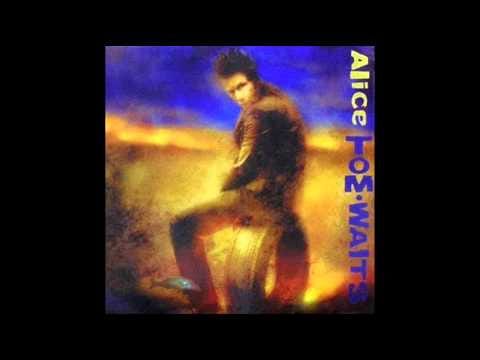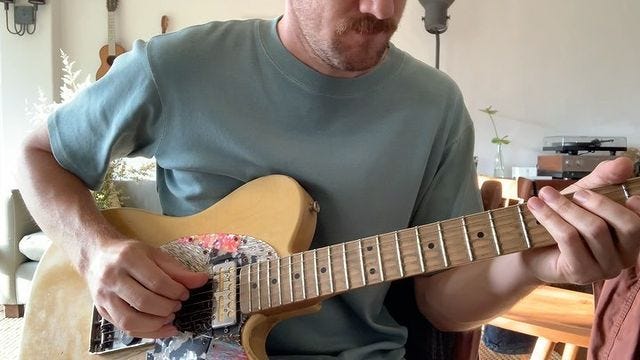Every Tom Waits Song is an email newsletter covering just that, in alphabetical order. Find more info here and sign up to get it sent straight to your inbox:
There is no shortage of connections between Tom Waits and Bob Dylan (my other newsletter subject), but the Alice deep cut “Barcarolle” introduced me to a new one.
But first, some background. What does that title mean? Tom explains a “barcarolle” in the Alice press kit:
Robert Lloyd: I hadn't heard of anybody writing a Barcarolle since Offenbach in "The Tales Of Hoffmann".
Tom Waits: Alright. Well Barcarolle it's just a ship's Waltz. I mean "barc" can mean another word for ship. And then "roll". That's why there are so many waltzes written by sailors because they're always waltzing, you know? Moving from one side to the next. So eh. Barc-a-rolle, there you have it.
All of which is true, but the barcarolle isn’t just any ship’s waltz. The ships it’s most associated with are small. Very small, actually. Here’s a barcarolle performed in its native habitat:
That’s right, barcarolles are most often associated with gondoliers. One of the most famous barcarolles is the one the interviewer mentioned to Tom, French composer Jacques Offenbach's "Belle nuit, ô nuit d'amour,” from his 1881 opera The Tales of Hoffmann. Listen below:
To me, that doesn’t sound a whole lot like Tom’s song. Nor do the other barcarolles I listened to online. So why did he title it “Barcarolle”? Because in the play Alice, the two characters who sing it, Alice and the White Sheep, do so on a boat. The stage directions that precede the song read, “Alice and the White Sheep sail away singing as they go.” So it’s a barcarolle in plot device, if not entirely in musical form.
Proper barcarolle or not, Tom’s song is beautiful in its own right, a sleeper highlight of Alice, closing the narrative proper before the instrumental “Fawn” rounds things out. Aforementioned sax wizard Colin Stetson shows a subtler side than he sometimes does, gently leading the song along. And the lyrics are reportedly “a recap of the Alice narrative” according Waits biographer Barney Hoskins—though they’re enigmatic enough that, having never seen the play myself, I’ll have to take his word for it.
And what does this all have to do with Bob Dylan? Well, he does have his own Alice in Wonderland-inspired song called “Tweedle Dee and Tweedle Dum,” but that’s not it. It turns out Bob also knows what a barcarolle is. And he, unlike Tom, incorporated it more directly into his music. Listen to that Offenbach barcarolle above again, starting around 0:55. Then listen to this song off Dylan’s 2020 album Rough and Rowdy Ways:
The music there is practically a direct lift from the Offenbach piece, albeit played by a small jazz combo rather than a big orchestra.
To make the connection even clearer, here’s Blake Mills, who played guitar on the Dylan track, showcasing his part. With the lyrics and other music removed, it sounds like he’s just playing a solo-guitar version of the Offenbach barcarolle.



